Miners, Milkers & Merchants
Miners, Milkers & Merchants
From the Swiss-Italian Alps to the Golden Hills of Australia and California
MARILYN L. GEARY
Foreword by Giorgio Cheda
Copyright 2021 by Marilyn L. Geary
First Edition
All rights reserved. No part of this book may be reproduced or transmitted in any form by any means without permission in writing from the author.
Published in the United States by Life Circle Press.
Letters written by Luigi, Francesco, Alessandro, Virgilio Rotanzi and Carlo Patocchi appear in various works by Giorgio Cheda and were translated into English by the author.
Library of Congress Control Number: 2020911492
Geary, Marilyn L.
Miners, Milkers & Merchants : from the Swiss-Italian Alps to the Golden Hills of California and Australia
ISBN 978-0-9825378-0-0 (print)
ISBN 978-0-9825378-4-8 (ebook)
Due to the dynamic nature of the Internet, any web addresses or links contained in this book may have changed since publication and may no longer be valid. Although every effort has been made to ensure the accuracy of information contained in this book, no responsibility for errors, inaccuracies, omissions, or inconsistency thereof is assumed. Any slights of people, places, or organizations are unintentional.
Cover Photograph
Ex-voto in the Church of Madonna del Sasso, Orselina, Ticino,
oil painting by Giovanni Antonio Vanoni.
Inscription: G.R. (Graces Received), Ticinesi going to Australia in 1856,
with the image of the Madonna del Sasso hung on the ships mast.
 Life Circle Press
Life Circle Press
Post Office Box 382
Woodacre, CA 94973
(415) 488-1211
To my immigrant ancestors who left their villages in Bohemia and the Apennines to seek a better life.
ROTANZI FAMILY TREE

Based on Rotanzi Family Tree from the Patriziato di Peccia
EPIGRAPH

Come rapidi gli anni sen vanno!
Uno e morto unaltro arrivo
O mia terra un buon capo dellanno
Doltre mare col cuore ti do.
Son lontano, mia patria, lontano
Son lontano lontano da te!
Ma se tanto remota e la mano,
Oh! Il mio cuore il mio cuore non .

How fast the years pass!
One dies and another arrives.
O my land from overseas with all my heart
I wish you a good New Year.
I am far, my homeland, far
I am far, far from you!
But even if my hand is distant,
Oh! my heart, my heart is not.

Excerpt of a poem written by Antonio Pedranti, a villager from Broglio. Pedranti included his poem in a letter he wrote to his family and friends on November 18, 1881 from Valley Ford, Sonoma County, California.

Ex-voto in the Church of S. Maria delle Grazie, Maggia, painting by Giovanni Antonio Vanoni listing some of the ship passengers to Australia, 1868 who gave thanks for their safe arrival.
CONTENTS

FOREWORD

The history of the world is a history of emigration. Humans are the only animals that have been able to adapt to the most diverse ecological environments: from the desert to polar ice, from the rainforest to the slopes of the Himalayas. Limiting ourselves to Western civilization after the geographical discoveries, Europeans not only immigrated to all continents, but also brought millions of African slaves to the Americas. Knowing the conditions in which human movements have shifted in the past offers a better awareness of the convulsions of those who encounter each other in a world shaken by globalization and dangerously divided between North and South, between democratic and non-democratic systems.
From the beginning of the nineteenth century to the First World War, the European population increased from 188 to 458 million inhabitants. Peasants, who had represented three quarters of the labor force, were reduced to one quarter, providing the considerably larger contingent of emigrants both within the European continent and overseas. The opening of the great American spaces attracted fifty million Europeans in a century, especially when steamships managed to cross the Atlantic in a few days and trains could transfer them to the Far West. Among these, four hundred thousand Swiss settled in the eastern part of the United States, while almost all the Ticinesi preferred California.
More than fifty years have passed since I began to tenaciously search for the letters of the peasants who sailed for Melbourne. They had little luck digging in the golden sands around Ballarat, Hepburn and Bendigo. The recovery of over 350 letters made it possible to accurately reconstruct this exceptional migratory phenomenon that marked the history of the Locarno valleys in the mid-nineteenth century. In them, one senses pulsating, almost to the breaking point, the many pains and scant joys experienced by their authors on the endless course across the worlds oceans and among the hills of Victoria, so different from their Alps.
One thousand of the twenty-seven thousand Ticinesi immigrants to California between the late nineteenth and early twentieth centuries became owners of approximately eighteen hundred square kilometers of land, their main settlements along the coastal chains and in the Sierras. This area corresponded to the four districts of origin of most of the ranchers: Vallemaggia, Locarno, Leventina and Bellinzona, comprising two-thirds the area of Ticino canton. These courageous ranchers, who soon became American citizens, experienced a radical change in social status. The secret of their success lies in the opportunities offered by the Golden State, but above all in their assumption of responsibility and loyalty to the spirit of tradition. The ambition to succeed, using ones own powers to carry out challenging goals, as well as frugality, enabled their essential, albeit risky, investments to result in many enterprises, not only commercial, in their many prosperous communities. Their efforts were energized by a network of patriotic and related organizations and nurtured, for half a century, by the newspaper La Colonia Svizzera published in San Francisco.
From the ranches that the pioneers managed to buy and operate, substantial capital arrived in Ticino for generations to improve the standard of living of those who stayed at home. Although a lack of savings investment in the regions most needing economic development negatively impacted the future of some alpine valleys, and many savings of the American uncles faded with the bankruptcy of the Ticino banks in 1914, the investment of work and of money in California paid off.
With this research Ms. Geary scrupulously analyzes the migrations to explain their history in an original way. Following the vicissitudes of the Rotanzi family from Peccia described in letters sent from Australia and California, we gain a glimpse of the demographic history woven between the continents. She has understood that letters of ordinary people bring back to life witnesses to a past which the present must not erase. They allow us to get to know a society from the inside through the beliefs and representations, continuities and transformations of the peasant and artisan worlds. These must be interpreted in the same way as the masks, myths and totems of the anthropologist Claude Lvi-Strauss: essential tools for getting to know the people, the environment and the culture on which they were nourished.
Next page
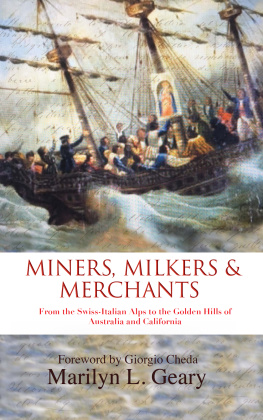

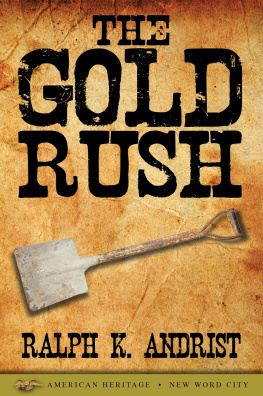
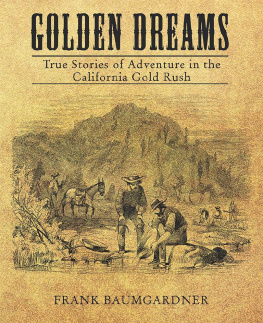
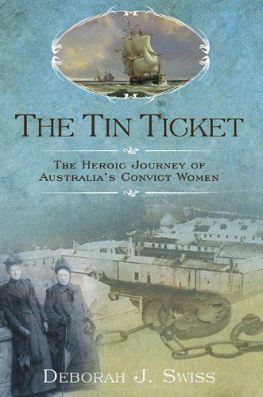

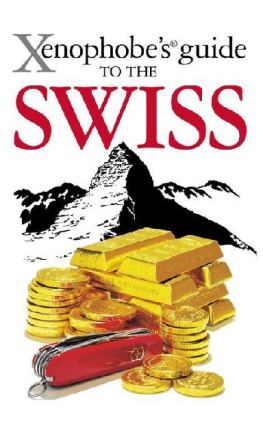
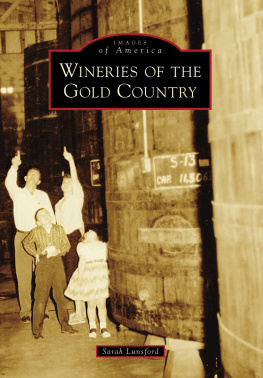
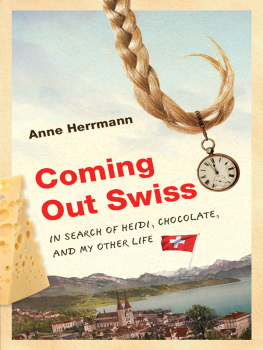
 Life Circle Press
Life Circle Press

